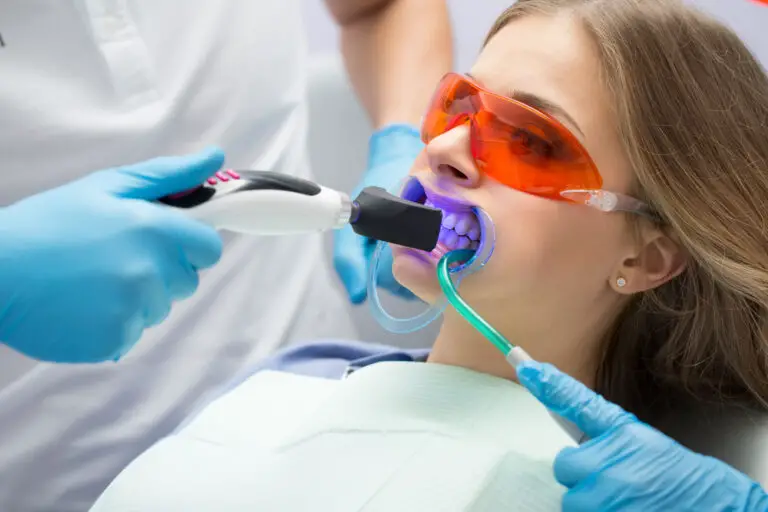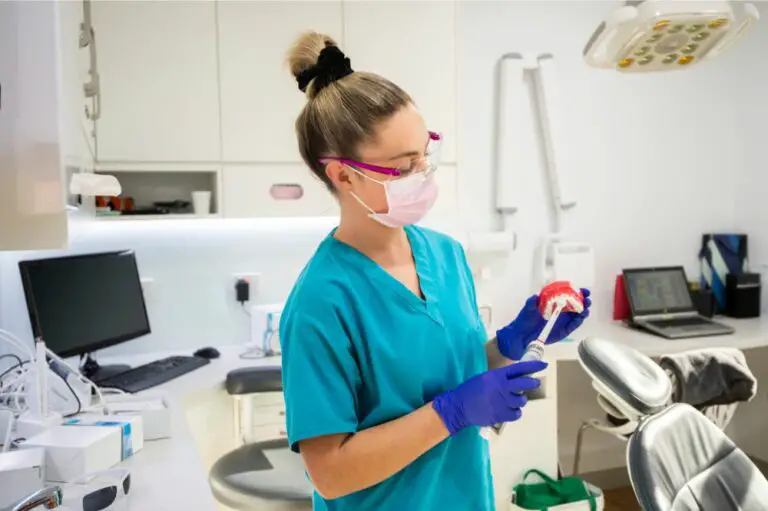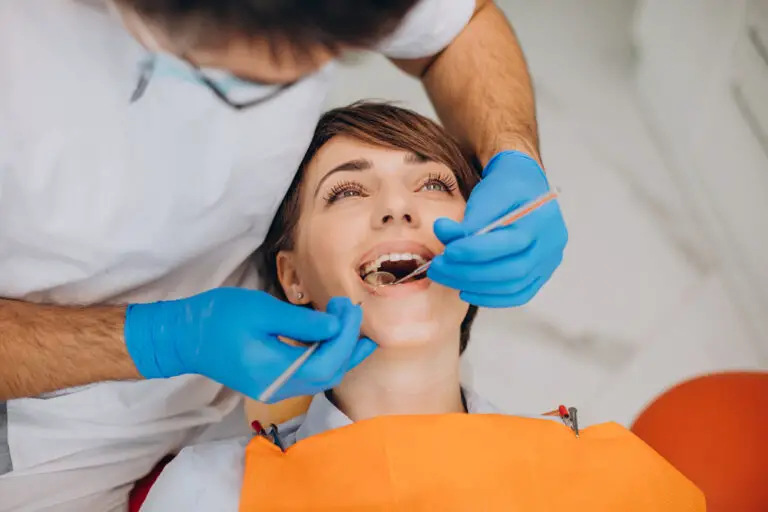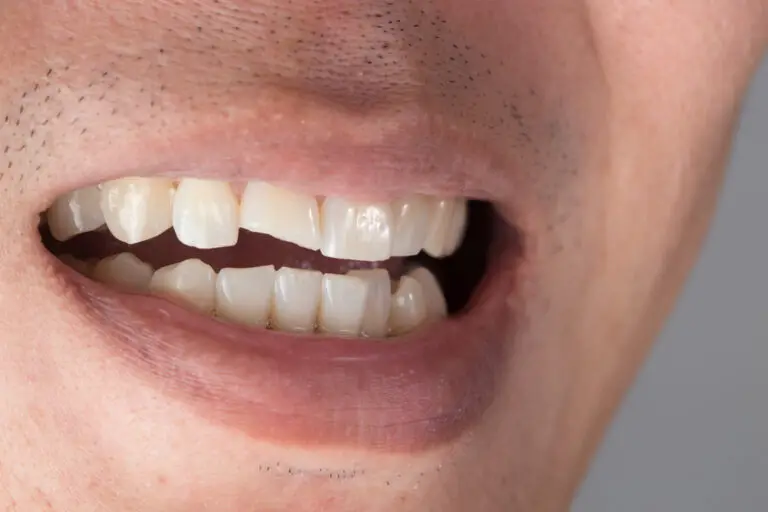If you’ve ever worn braces or dentures in your life, you know that dental wax can be a lifesaver in sticky situations. It provides instant relief when a loose metal wire pokes at your gums or if your dentures are hitting your mouth the wrong way. But not everyone knows how to use it.
It can be intimidating to use dental wax for the first time. We’ve all been there. Rest assured that using the wax is super easy. And just a few seconds after using it, your gums and mouth will feel ten times more comfortable.
Today, we’ll tell you everything you need to know about orthodontic wax and how to use dental wax the right way. Keep reading to learn more!
What is Orthodontic Dental Wax?
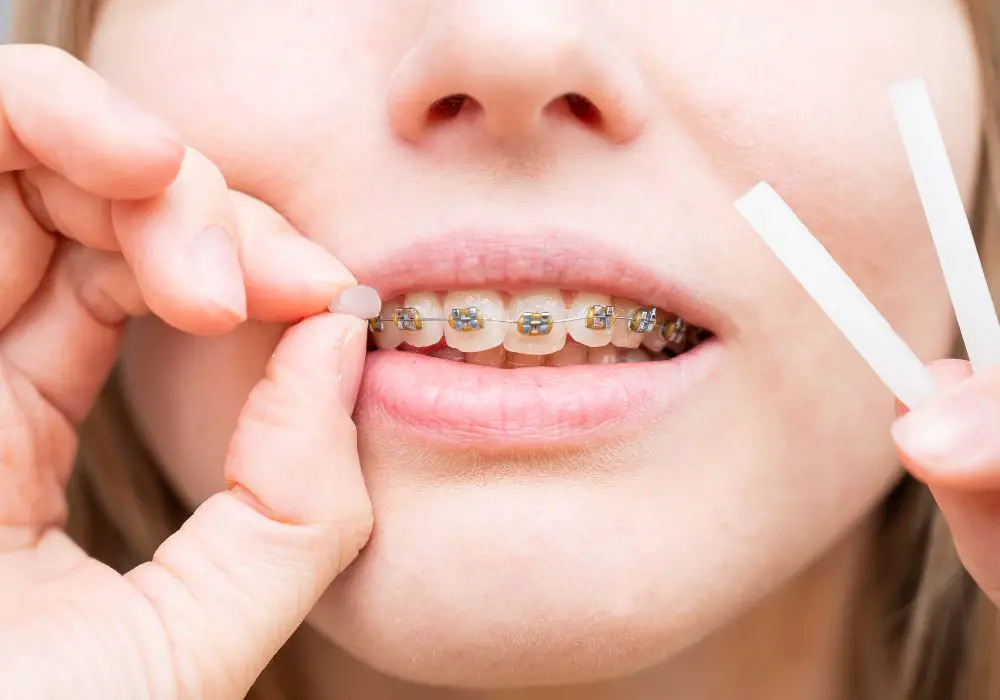
Dental wax is something orthodontists give their patients to help them manage any pain and irritation from their braces and dentures.
The non-toxic wax is used to cover pokey wires that might be injuring your lips, cheeks, and gums, giving them painful sores. It serves as a barrier between the protruding brace wire and the soft tissue inside of your mouth.
This soft, moldable, clay-like material is made of natural waxes such as beeswax, carnauba wax, and paraffin wax, among others. Sometimes, a mint flavor is added to the wax to make it taste fresh and pleasant. But most of the time, it’s odorless and plain.
Dental wax usually comes in long strips in a plastic case. It’s firm and solid, but it’s easy to soften it up and mold it into the shape you need with the warmth of your fingers.
Reasons for Using Dental Wax
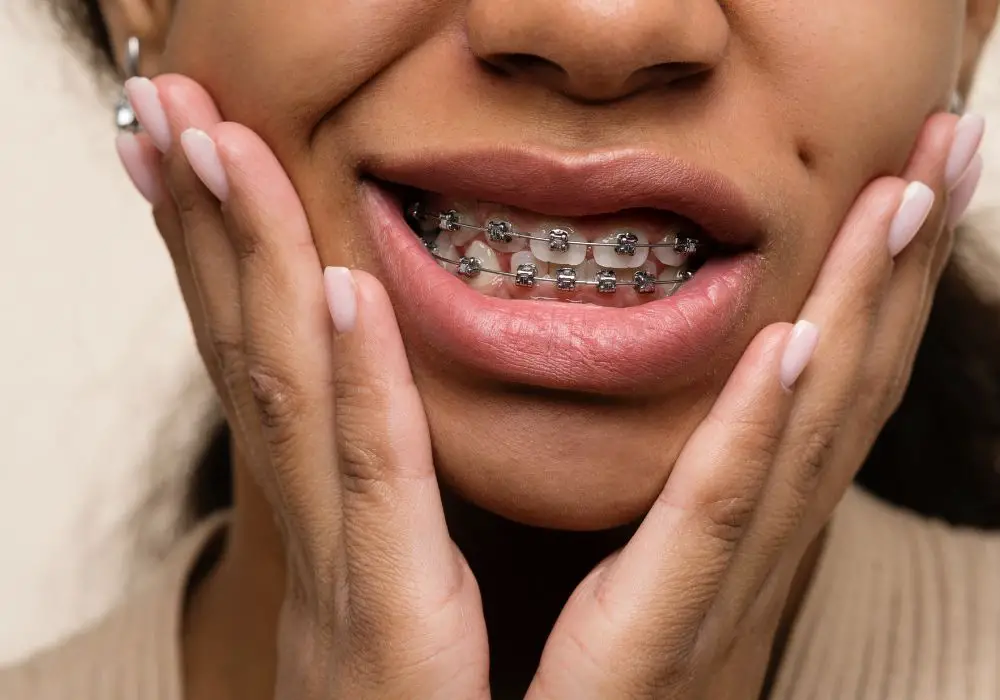
While dental wax is popularly “prescribed” to people with braces, you can actually use it for a multitude of tooth-related problems. Here are three of them:
1. To make braces more comfortable
As we mentioned, dental wax is primarily used to cover up broken or protruding wires in braces that could be poking at your mouth.
As your teeth start to straighten from the treatment, some wires and brackets in your mouth might feel looser. When there’s a loose piece of metal in your braces, your first instinct might be to cut it off. But only your dentist should do that.
Until then, covering up the wire with dental wax is the best solution to give you instant relief.
2. To make dentures fit better until your next dental check-up
Dental wax is also super useful for those who wear dentures.
It’s natural for dentures to feel uncomfortable after a while. This is because, over time, your bones and gums will grow and change in position, so the fit won’t be perfect. It’s kind of like clothes; when you older and bigger, you’ll have to buy new clothes that fit you properly.
Ill-fitting dentures are one of the most common denture problems out there. But that doesn’t mean you have to tolerate your dentures hitting parts of your gums and causing pain and sores. You can put dental wax between your denture and gums to keep them from hitting each other.
3. To protect your cheeks and gums from broken teeth
Lastly, you can use dental wax to cover up sharp edges on broken teeth that graze or cut your inner cheeks, tongue, and gums. Note, however, that dental wax is just a temporary solution to this problem. You still need to get your broken teeth checked by a dentist.
If your tooth gets chipped, you might not be able to book an appointment with your doctor to get it fixed. Until then, it’s best to cover it up with dental wax so it doesn’t poke or injure your mouth.
How to Use Dental Wax, Step by Step
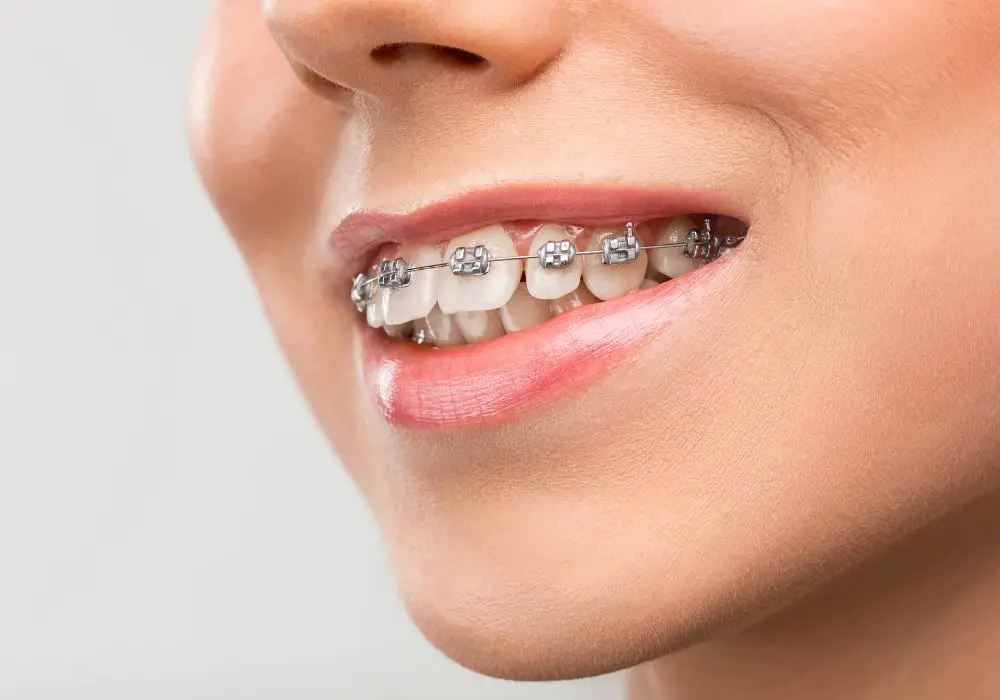
- Thoroughly wash your hands with soap and water. Hygiene is of the utmost importance when putting on dental wax. You don’t want any germs and bacteria entering your mouth because of dirty hands.
- Cut off a piece of dental wax. You can either use a small pair of sterilized scissors or your bare hands for this. Don’t cut off too much wax. If you put on a larger piece of wax than necessary, it might fall off easily.
- With your fingers, roll the tooth wax into a small ball the size of a pea or popcorn kernel. The wax may feel stiff at first, but your skin will warm it up after a few seconds, making it easier to mold into a round shape.
- Identify the problem area in your mouth. This is where a loose bracket might be hitting your cheek or lips or where ill-fitting dentures hit your gums. Then, dry off that area with a paper towel. This step is important to make the dental wax stick well to the area.
- Stick the wax onto the problematic wire or denture area and press down. Flatten it gently so that it doesn’t feel too bulky in your mouth.
- Close your mouth and bite down to see if you feel comfortable with the wax on. If not, you can adjust it accordingly with your fingers.
And you’re done! With these simple steps, the pain and irritation you feel in your mouth because of braces and dentures will be cut down by a lot.
Now, you can focus on healing any sores in your mouth and booking an appointment with your dentist to find a more permanent remedy to your problem.
See how these steps look in action by watching this video of dental wax being placed on teeth with braces up close:
How Long Should You Leave Dental Wax On?
It’s best to replace your dental wax after 1-2 days, or as soon as it falls off by itself. And yes, you can wear it overnight without having to take them off before you sleep.
You don’t want to keep the braces wax on for longer than a couple of days. If you do, food particles and bacteria might get trapped in it, which can lead to more dental and oral health problems for you later on.
If you have many packs of dental wax to spare, you can also change your wax every time you eat, if that’s what you feel comfortable with. Some people do this to avoid accidentally swallowing the wax. But don’t worry—dental wax is non-toxic, so it won’t harm you even if you do ingest it.
If you do choose to change your dental wax each time you eat, make sure to brush your teeth and use dental floss before putting on new wax. That way, food debris won’t get stuck between your teeth and the wax.
Can You Brush Your Teeth While You Have Dental Wax On?
Yes, it’s perfectly fine to brush your teeth while you still have your dental wax on. Just make sure you brush gently and that you’re using a toothbrush designed to reach every crevice of your mouth. Focus the brushing on the parts of your teeth without wax.
Using an interdental brush helps too, so that you don’t hit the dental wax as you clean between your teeth.
If you want to use mouthwash, make sure to gargle gently. If you use too much pressure to rinse your mouth, you might end up dislodging the wax. Feel free to adjust the position of the wax if you feel that it has moved around a bit and no longer feels as comfortable.
Can You Reuse Dental Wax?
Once you remove dental wax from your mouth, you should throw it out and replace it with a new piece. Don’t reuse old dental wax. It’s highly unhygienic and will make your mouth prone to bacterial infection.
Not only is it bad for your oral and dental health, but it will also be difficult to reuse an old piece of dental wax. Over time, that small ball of wax will lose its soft, pliable texture. Instead, it will feel like it’s peeling or flaking off. This won’t help the painful areas in your mouth at all if you reuse it.
Don’t worry about changing out your dental wax and using a brand-new piece often. Dental wax is usually affordable and comes in generous amounts in their packs. Hygiene and good oral health are the main priority, so making sure your dental wax is fresh and sanitary is never a waste.
Conclusion
For many people—teens especially—braces will be an inevitable part of life. When you get older, you’ll likely need to wear dentures, too. For either situation, dental wax will be your best friend in protecting your cheeks and gums from any discomfort.
Hopefully, our tutorial above has helped you figure out how to use orthodontic dental wax. It’s easy to use and amazing for persistent pain in your mouth due to dental issues, so we highly recommend keeping a case of wax on you at all times.
If you’re not sure you’re putting your dental wax on correctly, you can always ask your dentist for help. After mastering the art of using dental wax, you’ll never have to go through the frustration and trouble of pokey wire or ill-fitting dentures again.


